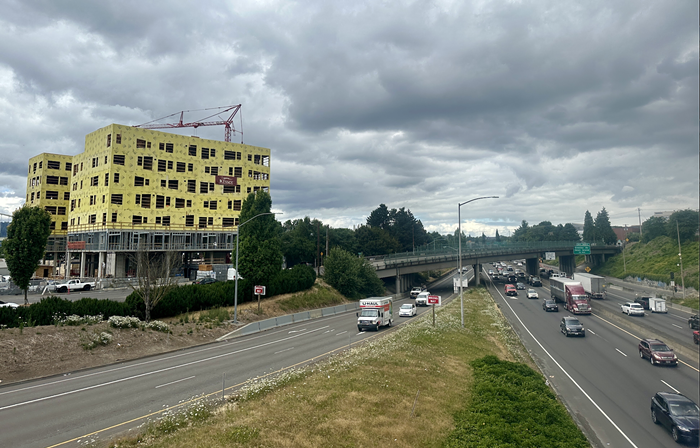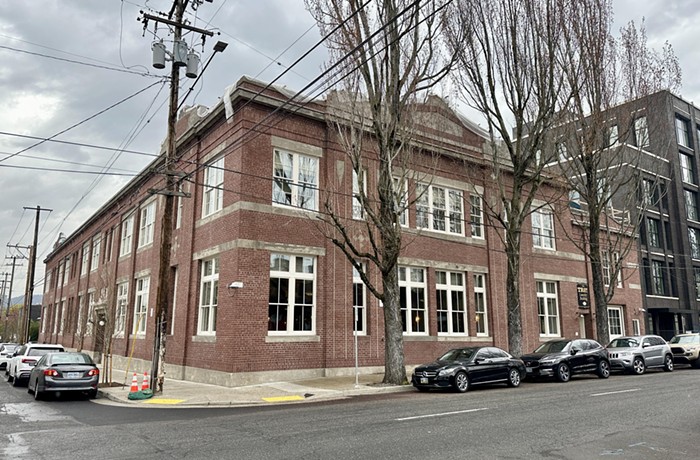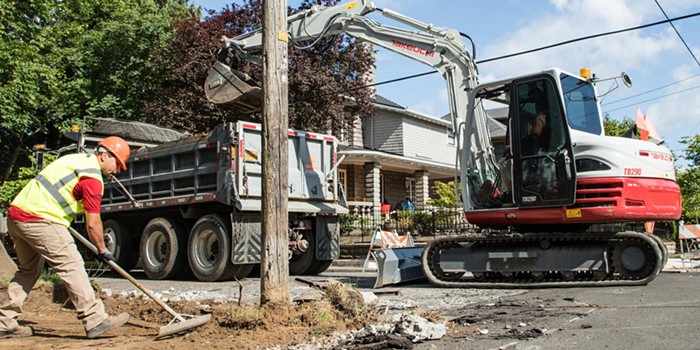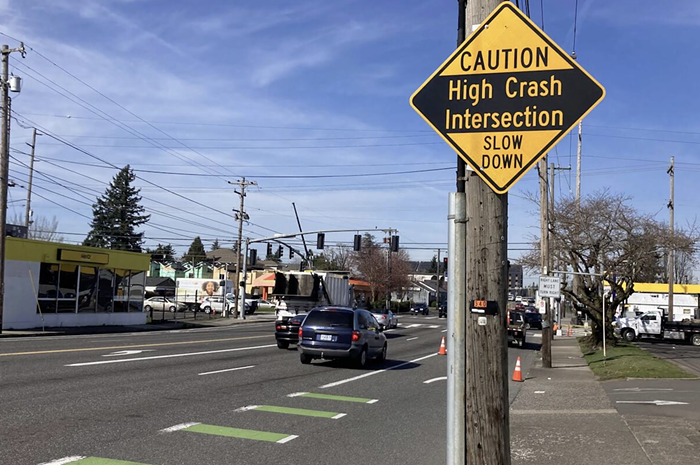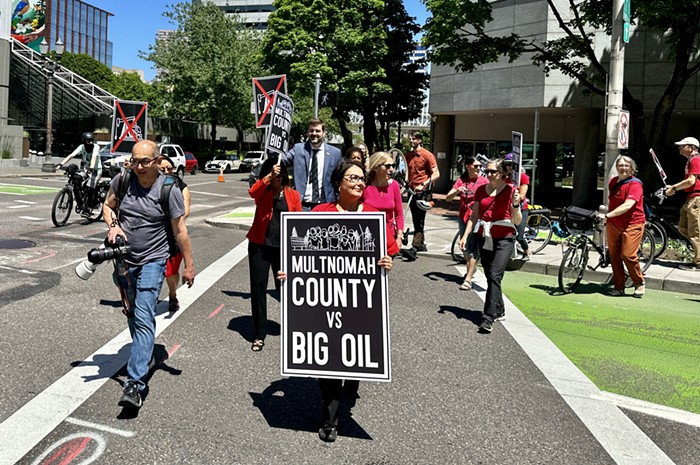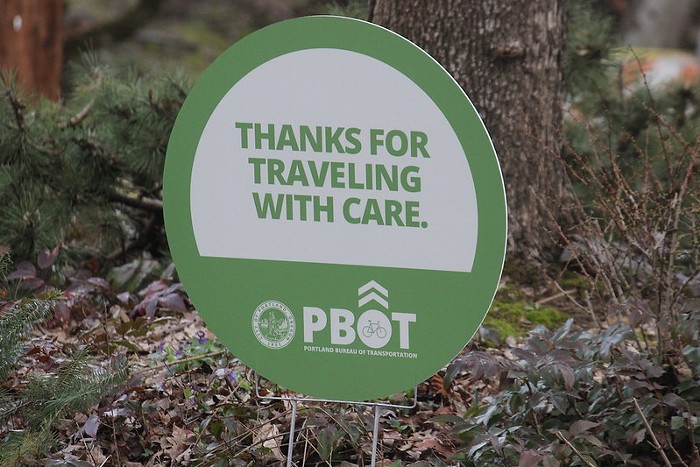Progressive transportation advocacy group Transportation For America (T4A) released a big report today on pedestrian safety in the United States. Here's the statistic to get you thinking: 47,000 people were killed while walking our nation's streets from 2000-2009, which, as T4A equates it, is "a jumbo jet full of passengers crashing roughly every month."
The problem is that many of our streets are dangerous by design for people not in cars: No sidewalks, few crosswalks, wide lanes that allow people to drive as fast as possible. Oregon is pretty safe compared to the rest of the country. Our 487 pedestrian deaths rank us as the seventh safest state (though last year we were sixth). If, for some reason, the idea of making our streets safer merely to save human lives is unappealing to you, consider the money angle: According to T4A's analysis, those 487 deaths cost the state $2.09 billion.
They made this nifty/morbid/useful mapping of all pedestrian casualties in the United States. Here's Portland's (and also our state fact sheet for nerds who want to know).
You know what an unsafe street looks like. In Portland, crashes occur on the same dangerous streets over and over, the most dangerous being Sandy, 82nd Avenue, 122nd Avenue, Division Street, Powell Boulevard, Foster Road, Marine Drive, Burnside Street, Beaverton-Hillsdale Highway, and Barbur Boulevard. People want safer streets—in a study done by the Willamette Pedestrian Coalition last year, the average Portlander said the state should spend 20 percent of its transportation budget on pedestrian infrastructure. Instead, the state spends 1.5 percent of its federal transportation funds on pedestrian projects.
Oh! And just for fun, check out this video of the world's busiest pedestrian crossing (which is in Tokyo, of course).

